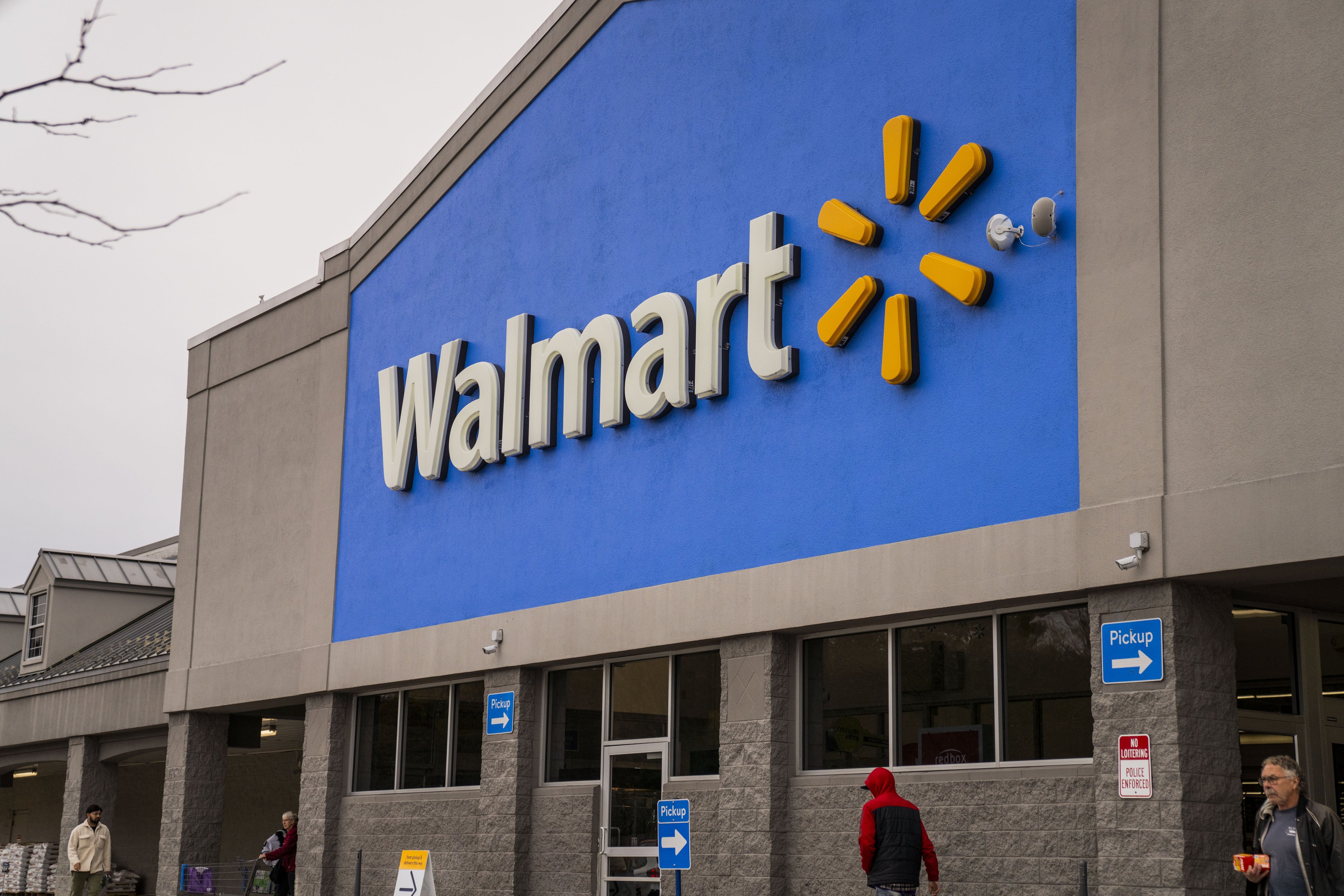Shareholders accustomed to Walmart's (WMT 0.17%) steady, incremental growth will have to get used to a headwind on earnings as the global retailing giant absorbs its biggest acquisition ever, the $16 billion purchase of Indian e-commerce phenomenon Flipkart.
In the following segment from Industry Focus, the cast analyzes the balance between Walmart's long-term opportunity and near-term earnings sacrifices.
A full transcript follows the video.
This video was recorded on May 15, 2018.
Vincent Shen: If we move on a little bit to the broader opportunity here in India, I think those figures that we've discussed are representative of the very strong growth that's expected in India overall the next several decades. We zoom out and take a broader look at this market, the scale and opportunity here is really incredible. You mentioned 1.3 billion people in the country. They have really strong GDP growth that's expected to make India the world's second-largest economy by 2040. The middle class is growing very quickly. You have to keep in mind that e-commerce penetration is still very, very low here. It's forecasted to grow at 4x the overall rate of retail in the near-term.
Morgan Stanley, I found, they have their own projections that online shopping in India will grow from $30 billion to $200 billion in the next decade. On top of that, the 14% of internet users currently making online purchases will expand to over 50%, so quite a jump there. I think that context helps to explain why Walmart is willing to spend so much on this deal, not to mention the competitors who are also pouring billions into the market.
But even as bullish as all that sounds and appears, Walmart's stock actually declined about 3% the day of the announcement. I think the skeptics are worried by several things, including the price tag for this majority Flipkart stake. I'm curious, Asit, are you sympathetic to the bears at all and their concerns that maybe Walmart is diving in too quickly at too high a price? Given in the past, especially in international markets, they've sometimes taken, in early stages, like in India, more of a partnership approach versus a majority acquisition approach like they're doing here.
Asit Sharma: I'm sympathetic to the bears, but I understand where the bulls are coming from, too. You don't see the bulls rushing in now. They've already owned this stock, let's put it that way. I don't think Walmart attracted new bulls with this deal.
To go back to the numbers that I cited earlier and also to explain, if any listeners are seeing both of these sets of figures out there. This is relevant to answering Vince's question. The $3 billion worth of U.S commerce that I was citing before was as of the last fiscal year, which was reported at March 31, 2017. Indian companies take a little bit longer to report. We do have rough figures out, which Vince mentioned, for this current fiscal year. Those were cited by Walmart. If you look at the most recently reported numbers, which were just put out into the market, that's $4.6 billion, indeed.
But going back to last year's numbers, because we have a more complete set, Flipkart lost $1.3 billion on the $3 billion in revenue it was able to claim. This is indicative of the e-commerce market. As Western investors, we're used to seeing these kinds of numbers, because Amazon (AMZN 0.59%) has trained us to expect market share growth and early losses. But Walmart investors are very interested in Walmart's model, which is a model of growth with small profit, incremental profit each year.
I know that when Walmart announced this deal, they also had to tell shareholders, "Look, we are looking at a headwind of about $0.60 in earnings per share from this deal, because we're going to have to fund some losses." Of course, they're after the potential competitors like Alibaba and the more formidable competitors like Amazon. Vince mentioned that provision to invest another $3 billion before the anniversary date of this deal rolls around. Also, he mentioned $2 billion in cash, so there's new equity coming into this deal. Aside from buying out the first $14 billion from previous investors, Walmart is pumping that $2 billion of additional money in, of course, to have even wider sales and try to compete.
But looking at the total picture and the opportunity here for Flipkart, I do want to say that it has some things figured out in a way that Amazon is still learning. If you've ever had the opportunity to travel to India and live there for a while, maybe in one of the big cities, you've probably seen that it's already a delivery-oriented culture. Everyone who lives in a city of any size is used to a steady stream of vendors coming throughout the day. Someone is bringing the milk, someone is bringing the fruit. Your local grocer may be 50 to 200 meters away, and he or she is going to call you in the morning, "Hey, do you need some more chicken? I can send it up." Labor is still very cheap in India, so on an economic basis, it's easy for small stores to send people up to your flat, your apartment. This is a model that's existed for a long time. Flipkart really took to this model, and its own delivery is based on a cheap, very low-cost delivery system.
It's set an interesting bar for Amazon. To go into a little bit of detail with delivery, in Flipkart's model, if you buy an item that's over 500 rupees, you get it free -- the delivery fee is free, you have to pay for the item. [laughs] So what is 500 rupees? At current exchange rates, that's about $7.50. When Amazon came into India just a few years ago and decided it really wanted to compete with Flipkart, it knew that it had to offer its Prime service at a figure which would make them competitive with that number. So you get a Prime subscription in India for 1,000 rupees -- $15. This reflects both Amazon's desire to compete with Flipkart but the basic economics of delivery. The human labor component of it is very cheap still.
Where Amazon might have an edge is in the fact that it builds fulfillment centers. You see a new one spring up every week here in the U.S., it seems, and the same is in India. I just want to point out that in the few years that Amazon has been in the Indian market, it has built 41 fulfillment centers, and it has about 26 sorting centers in addition.
I'm probably offering up a good transition into talking about the competitive aspects of the deal for Walmart. But to recapitulate my answer to your question, Vince, I think longer-term, this is worth the investment of billions that it's going to take. But this isn't even a case of years, this is a case of investing over the next couple decades.







